 Karesansui gardens (stone gardens) in Kyoto top page 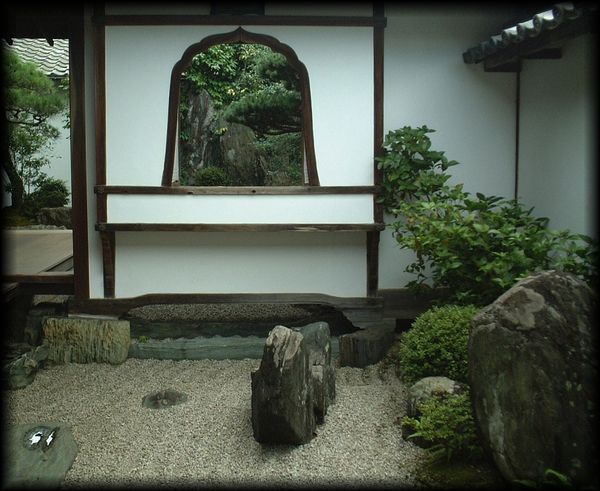 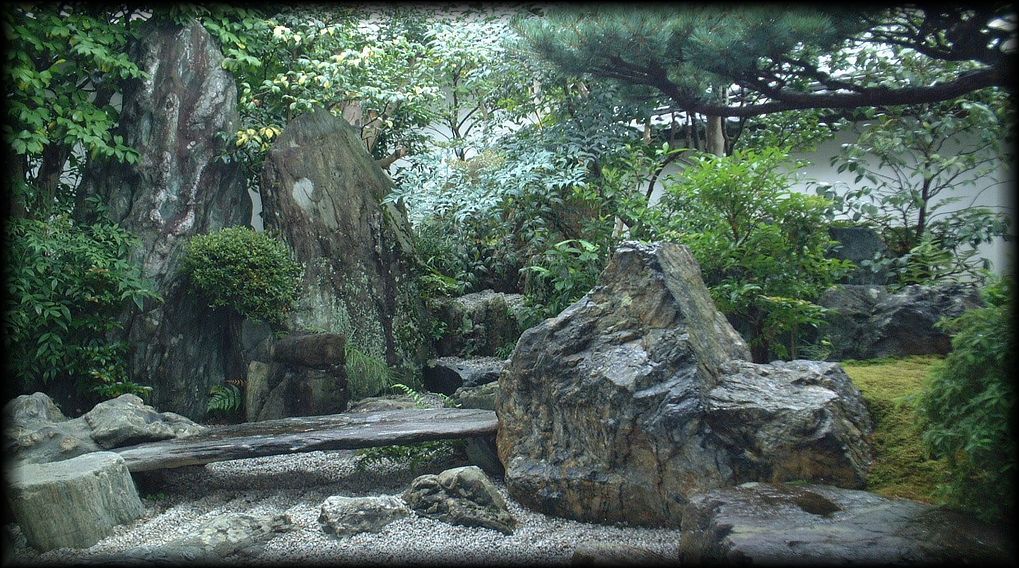 Daisen-in (subtemple of Daitoku-ji) MAP Daisen-in is famous as a masterpiece of Karesansui garden. The world of ink painting is expressed only with stones and sand on a small site. Karesansui is a garden made of stone, sand, and planting without using any water. Sand often represents the flow of a river, or the ocean, or the universe. Since the concept is similar to the teachings of Zen Buddhism, many Karesansui gardens exist in Zen Buddhist temples. Karesansui gardens exist in regions other than Kyoto, but Kyoto's Karesansui gardens are by far the best in terms of number and quality. *In Japanese, "tera", "dera", "in", "an" and "ji" mean Buddhist temples. 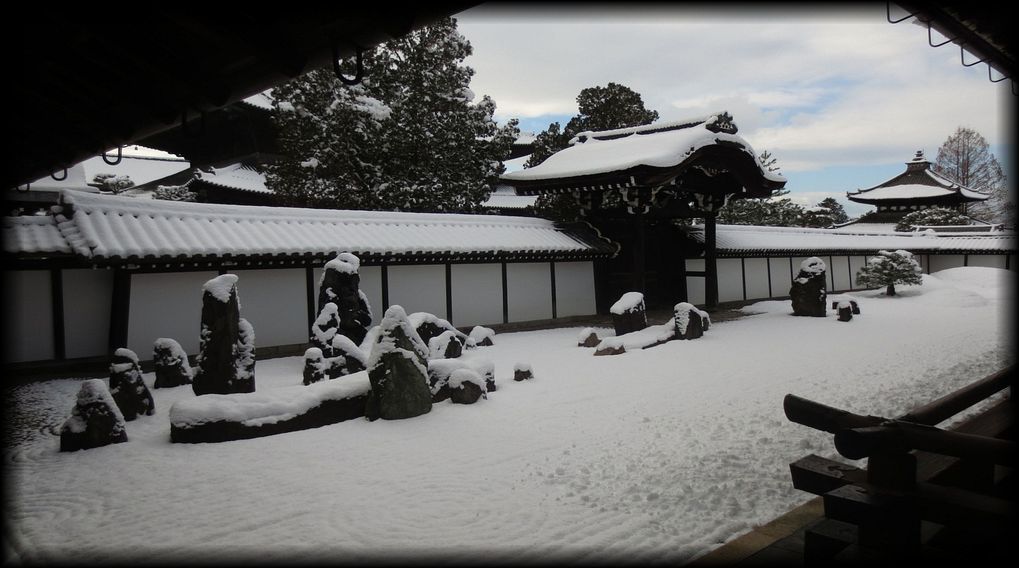 Toufuku-ji The Karesansui garden with snow is a world of black and white like an ink painting. MAP 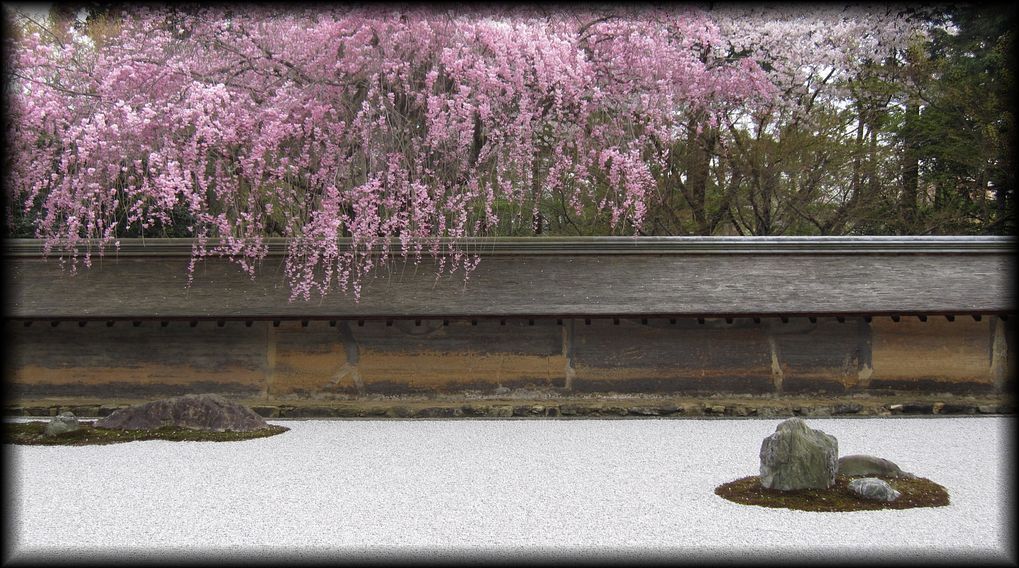 Ryouan-ji Ryouanji Temple is a world-famous stone garden.Cherry blossoms fall on the stones and sand. MAP 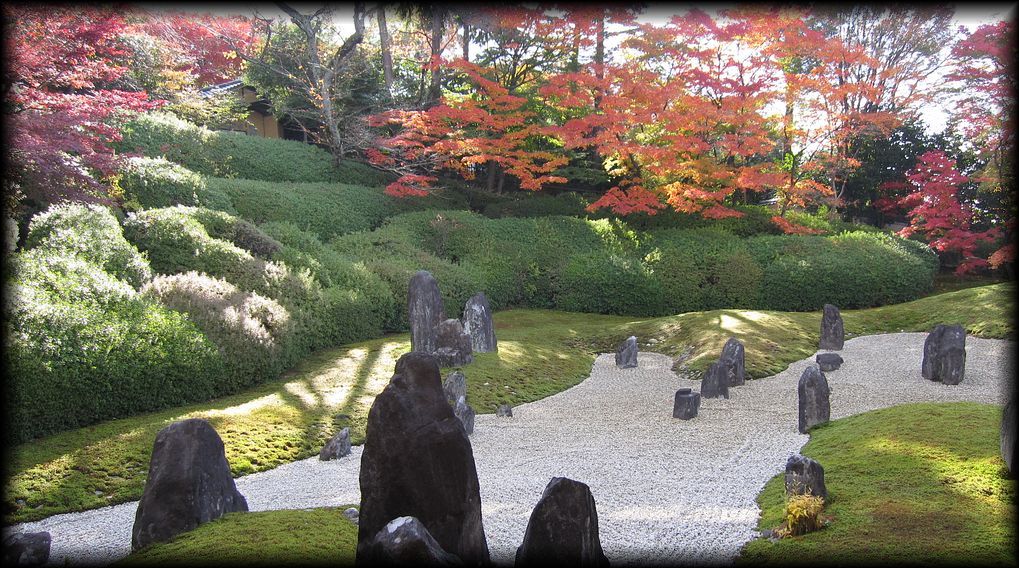 Koumyou-in Subtemple of Toufuku-ji.The contrast between moss and white sand is beautiful. MAP 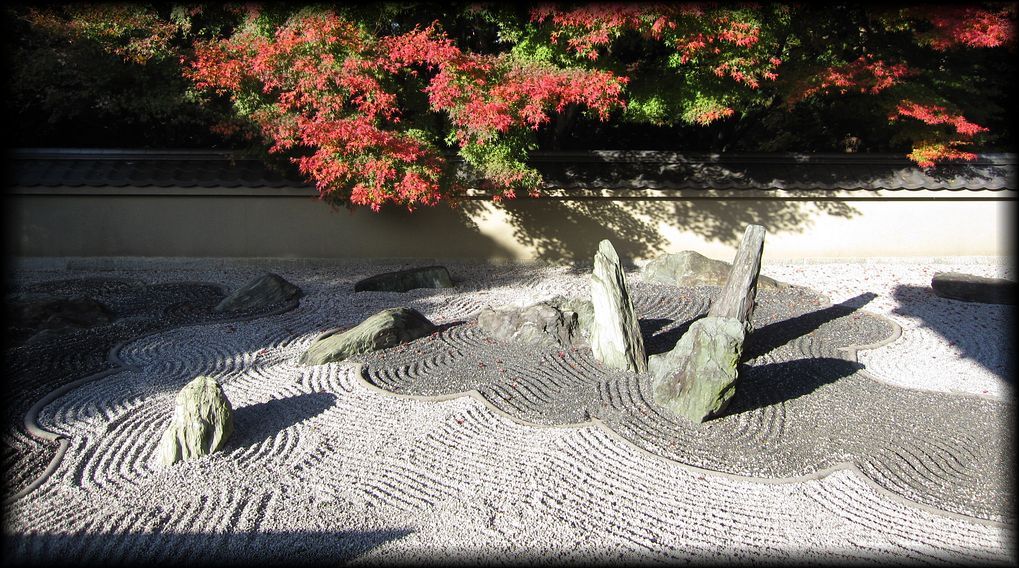 Ryougin-an Subtemple of Toufuku-ji.An avant-garde garden was created in a traditional temple. MAP 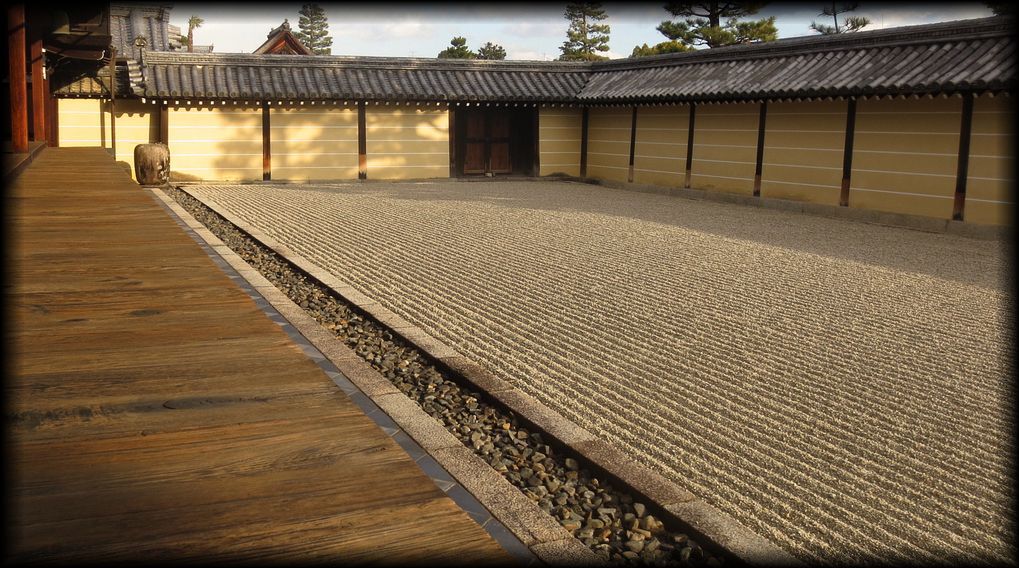 Toukai-an Subtemple of Myoushin-ji. White sands spread, Light and shadow draw a pattern. MAP 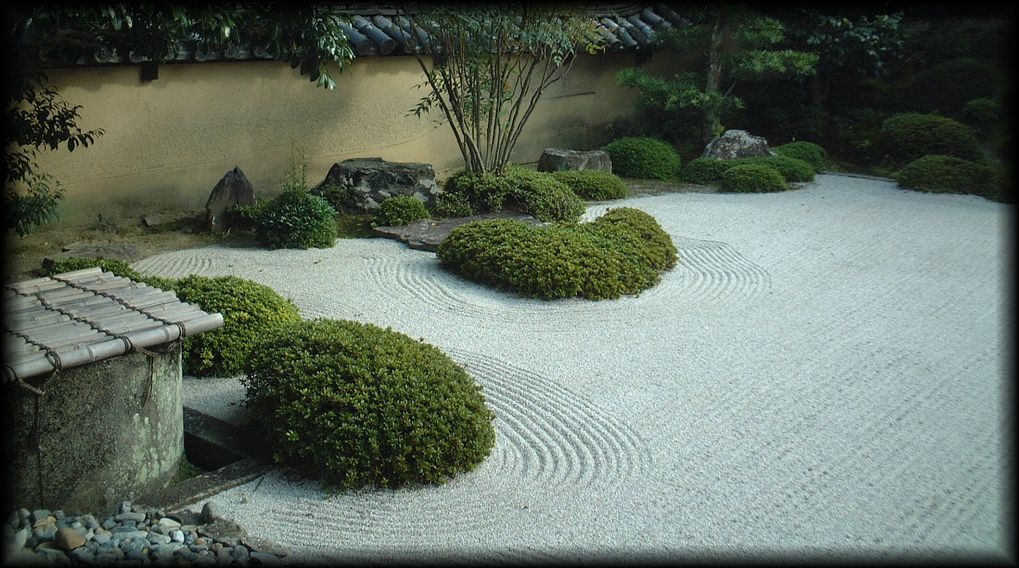 Shuon-an (Ikkyu-ji) It is the temple where Ikkyu, the most famous historical monk in Japan, lived. This temple's Karesansui is very sophisticated. MAP 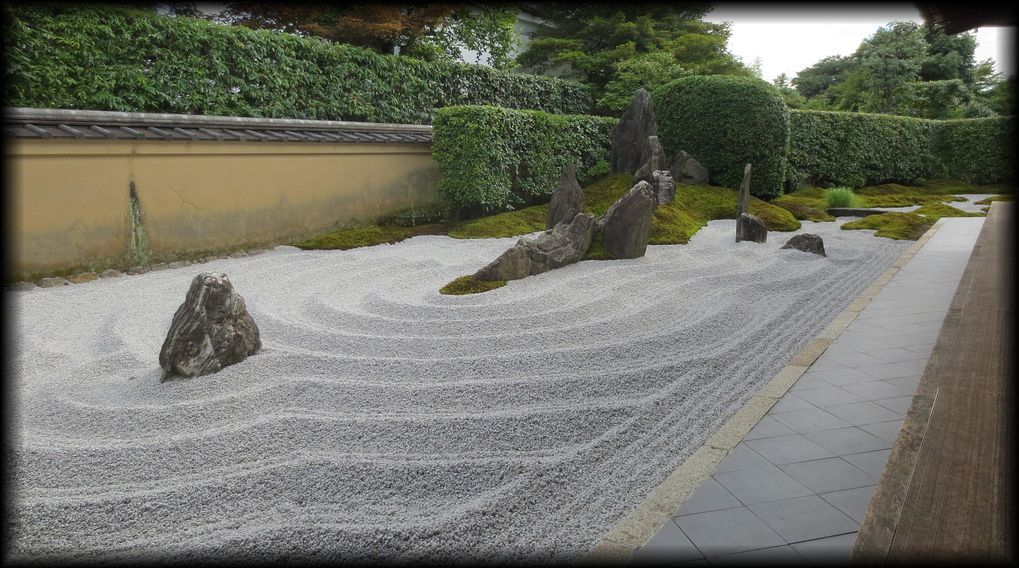 Zuihou-in Subtemple of Daitoku-ji.The stone is like a boat floating in the rippling ocean. MAP 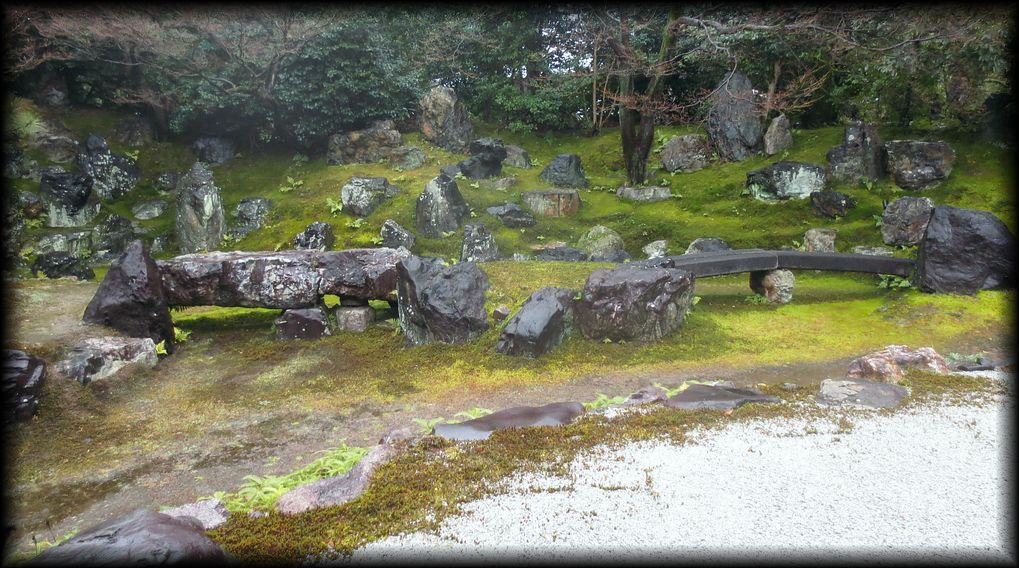
Entoku-in Subtemple of Koudai-ji. The gorgeous stoneworks of the Momoyama period remain. MAP 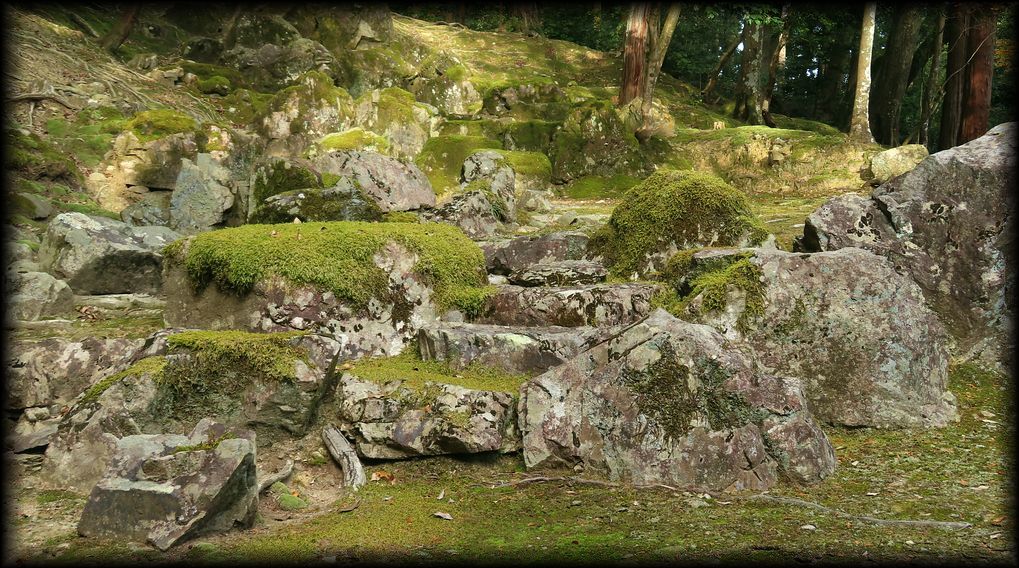 Saihou-ji (Koke-dera) It is a precious and epoch-making stonework that is said to be the prototype of Karesansui. MAP 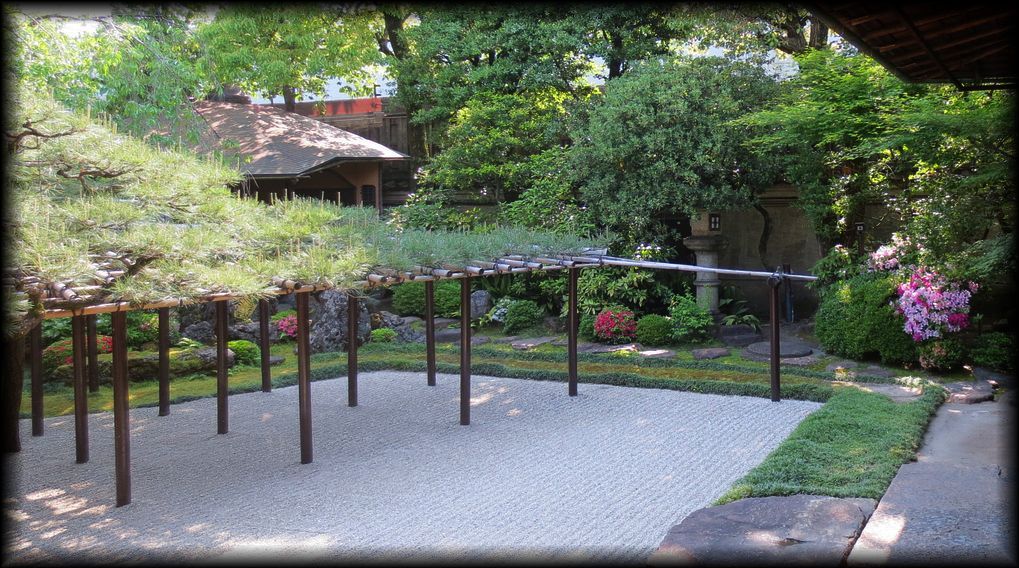 Sumiya Sumiya was the most prestigious "Geisha house" in Japan until the Edo period. It is a gorgeous Karesansui with a different atmosphere from the temple garden. MAP 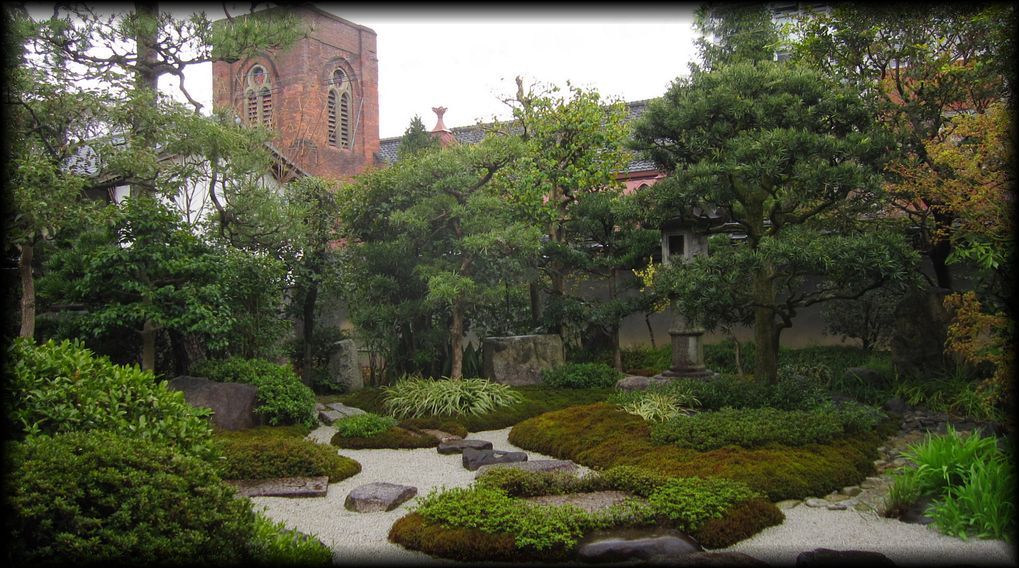 Former Mansion of Arisugawa-no-miya (Prince Arisugawa-no-miya) Karesansui against the backdrop of the Anglican Church. Kyoto was also the earliest city in Japan to adopt Western culture. MAP The following pages are created in Japanese, but I hope you can refer to the images alone |
||||||
| Karesansui gardens of Zen Buddhist temples | ||||||
| Daitoku-ji | Daitoku-ji | Daisen-in | Rtougen-in | |||
| Koutou-in | Zuihou-in | Kourin-in | ||||
| Shinju-an | Oubai-in | Shuon-an (Ikkyu-ji) | ||||
| Nanshu-ji | ||||||
| Myoushin-ji | Myoushin-ji | Toukai-an | Keishun-in | |||
| Taizou-in | Gyokuhou-in | Daishin-in | ||||
| Ryousen-an | Koubai-in | Daihou-in | ||||
| Rinshou-in | Entsu-ji | Ryouan-ji | ||||
| Toufuku-ji | Toufuku-ji | Koumyou-in | Taikou-an | |||
| Tentoku-in | Funda-in | Ryougin-an | ||||
| Reiun-in | Sokushu-in | |||||
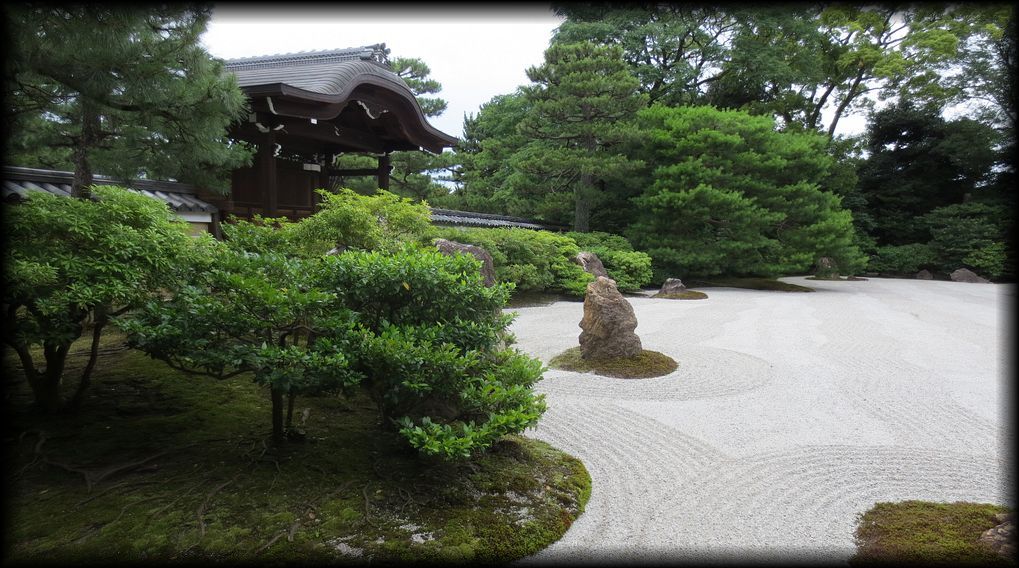 Ken-nin-ji Ken-nin-ji |
||||||
| Ken-nin-ji | Ken-nin-ji | ―south garden | ―inner garden | |||
| Shouden-Eigen-in | Ryousoku-in | Reigen-in | ||||
| Koudai-ji | Entoku-in | |||||
| Shoukoku-ji | Shoukoku-ji | ―Kaizandou garden | Daikoumyou-ji | |||
| Zuishun-in | Houkou-ji | Ginkaku-ji(Silver Pavilion) | ||||
| Nanzen-ji | Nanzen-ji | Konchi-in | Tenju-an | |||
| Konpuku-ji | Shouden-ji | |||||
| Tenryu-ji | Kougen-ji | Hougon-in | ||||
| Saihou-ji (Koke-dera) | Shisen-do | Genkou-an | ||||
| Koushou-ji | Manpuku-ji | |||||
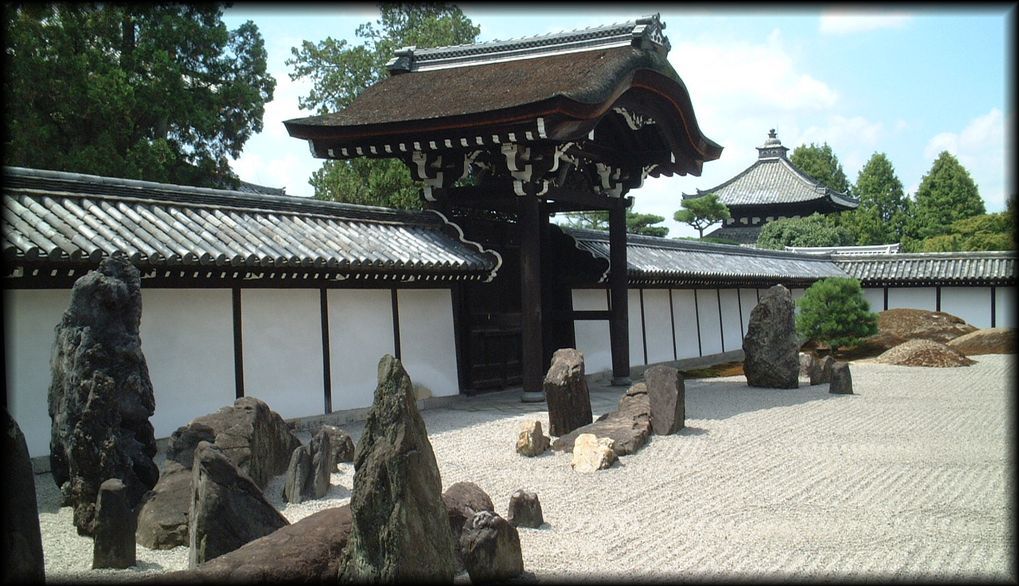 Toufuku-ji Toufuku-ji |
||||||
Karesansui gardens of other sect's Buddhist temples |
||||||
| Tendai | Jissou-in | Manshu-in | Rozan-ji | |||
| Shougo-in Monzeki | ||||||
| Shingon | Kanchi-in (subtemple of Tou-ji) | Zen-nou-ji (subtemple of Sen-nyu-ji) | ||||
| Joudo | Eikandou | Hounen-in | ||||
| Nichiren | Myouman-ji | Honpou-ji | ||||
| otehrs | Shimabara Sumiya | Ohashi House | Former Mansion of Arisugawa-no-miya | |||
| Matsuo Taisha Shrine | ||||||
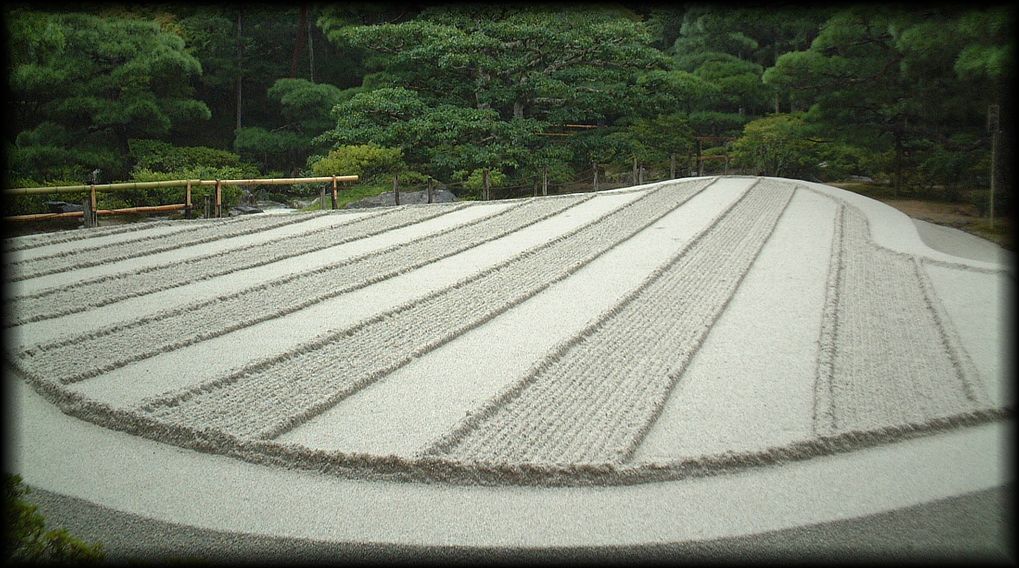 Ginkaku-ji Ginkaku-ji |
||||||
| Copyright © Goto N. All Rights Reserved. タイトルのロゴ/「Yuky R」さん作成 | ||||||